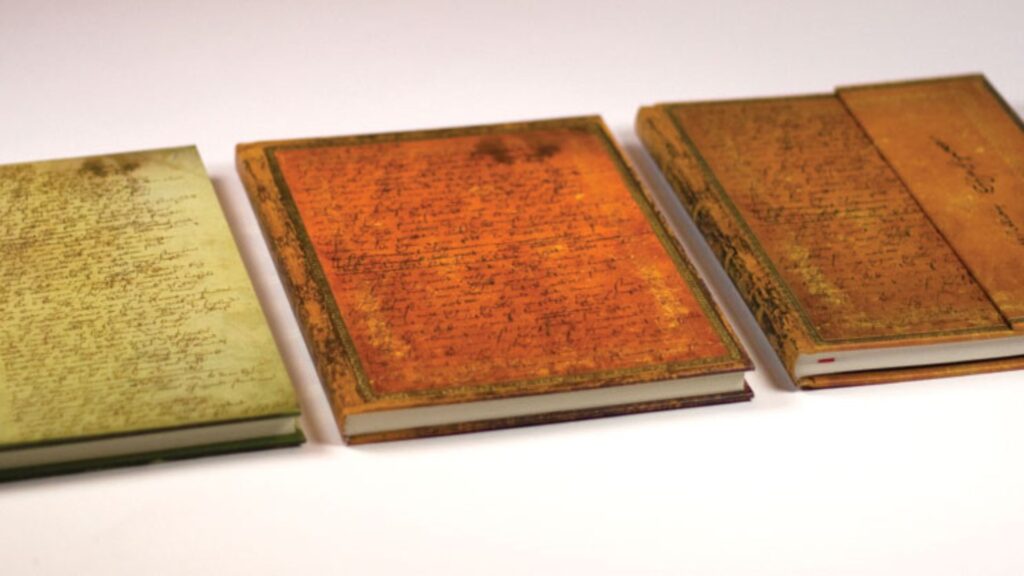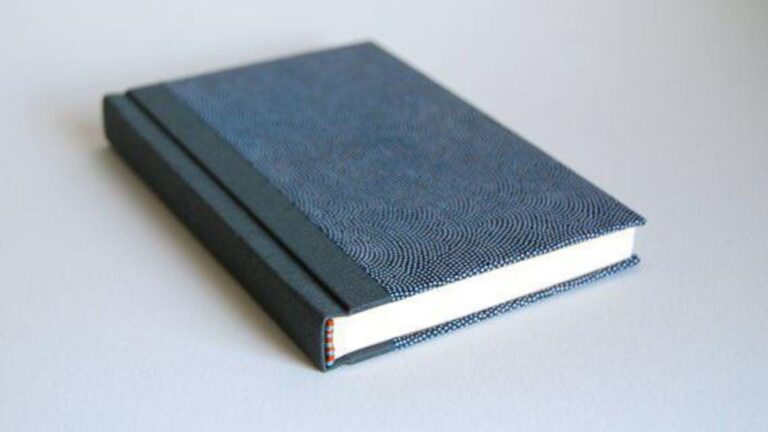
Bookbinding has played a central role in preserving and sharing human knowledge across centuries. From ancient scrolls to modern hardcover books, binding techniques have evolved alongside cultural, religious, and technological changes. This article explores the rich history of binding methods, detailing how they shaped the literary world.

Ancient Beginnings: Scrolls and Tablets
Bookbinding began long before the invention of the codex. In Mesopotamia around 3000 BCE, people used clay tablets to record information. These tablets were stored together but not bound in the modern sense.
The Egyptians developed the papyrus scroll, a more flexible and portable form of recording texts. Scrolls were typically made by gluing sheets of papyrus end-to-end and rolling them for storage. This format dominated until the early Christian era.
The Birth of the Codex
The codex, the direct ancestor of the modern book, emerged around the 1st century CE. Early Christians adopted it to compile religious texts, likely because codices were easier to navigate than scrolls.
Codices used folded parchment or vellum (animal skin) sheets sewn together along one edge. These were often covered with wooden boards wrapped in leather. By the 4th century, the codex had largely replaced scrolls in Europe and the Mediterranean world.
Medieval Innovations
During the Middle Ages, binding became both a craft and an art. Monks in scriptoria copied texts by hand and bound them using increasingly sophisticated methods.
Sewn binding on cords or thongs became common. Craftsmen would attach gatherings (groups of pages) to leather thongs and sew them together. Covers made of wood and leather protected the manuscripts. Many were decorated with clasps, bosses, and metalwork.
In this era, bookbinding remained labor-intensive and expensive. Books were valuable and rare, often chained to lecterns to prevent theft.
The Printing Press Revolution
The invention of the printing press by Johannes Gutenberg in the mid-15th century transformed bookbinding forever. Mass production of books demanded faster, more standardized binding methods.
Printers and binders began using case binding, where the book’s text block and cover were made separately and then attached. Bookbinding shifted from monastic scriptoria to urban workshops and commercial production.
Materials also changed. Wood gave way to pasteboard, and leather remained a primary covering, although cheaper versions used cloth.
18th and 19th Century Advancements
As literacy rates rose, so did the demand for books. The 18th and 19th centuries saw innovations in both materials and machinery.
Binders introduced cloth bindings with gold-stamped titles. Decorative cloth and embossed covers became popular, especially in Victorian England. Paper replaced parchment entirely, making books lighter and more affordable.
The introduction of machines like the sewing machine, guillotine cutter, and casing-in equipment mechanized many processes. Publishers could now offer uniform editions at lower costs.
20th Century to Present Day
The 20th century saw the rise of mass-market paperback books, which used adhesive (perfect binding) rather than sewn pages. This allowed for even cheaper and quicker production.
Despite the shift to digital media in the 21st century, bookbinding continues to thrive both as a commercial industry and an artisanal craft. Modern techniques blend tradition with innovation, using synthetic materials, automated machines, and digital printing technologies.
Artists and conservators still use historical techniques for special projects, restoration, and fine art books.
Conclusion
From clay tablets to digital-age publications, the history of binding techniques reflects humanity’s enduring desire to preserve and share knowledge. Each stage in this evolution demonstrates a creative response to new materials, technologies, and social needs. While digital formats may dominate, the physical book—beautifully bound and enduring—continues to hold its place in human culture.






